Demography data will make you understand your country history
Have you ever wondered what are the main events of the countries of this world ? We might know about the world wars, pandemics, baby boom… But let’s see how demographic data can also reflect the history of each country !
Have you ever wondered what are the main events of the countries of this world ? We might know about the world wars, pandemics, baby boom… But let’s see how demographic data can also reflect the history of each country !
- 1. Data source
- 2. Data cleaning
- 3. Insights : 15 facts about some countries of this world
- 4. Explore the dataviz yourself
1. Data source
Our world in data produces frequently demographic data for each country / continent / areas of the world.
This data source separates time in two parts :
- Historical data, until 2021
- Projected data, from 2022 until 2100
To know more about how they gather this demographic data, feel free to check out their documentation.
2. Data cleaning
When I downloaded the raw csv data, I noticed that the country field has few values that should be ignored, as I only want to preview demographic data on countries level :

So for the rest of the article, the above territories are discarded.
3. Insights : 15 facts about some countries of this world
From now on, let’s see what kind of information we can retrieve from this demographic data.
Ireland in 1840s
The Great Famine, caused by potato blight, led to mass starvation, disease, and emigration, reducing Ireland’s population by about 25%. 
Hong Kong in 1940-1945
Japanese occupation during World War II led to widespread suffering, food shortages, and significant civilian casualties until Hong Kong liberation in 1945. 
Cape Verde in 1940’s
Severe famines, exacerbated by colonial mismanagement, caused high mortality rates and forced many to emigrate. Check out Cape Verde history details directly from wikipedia. 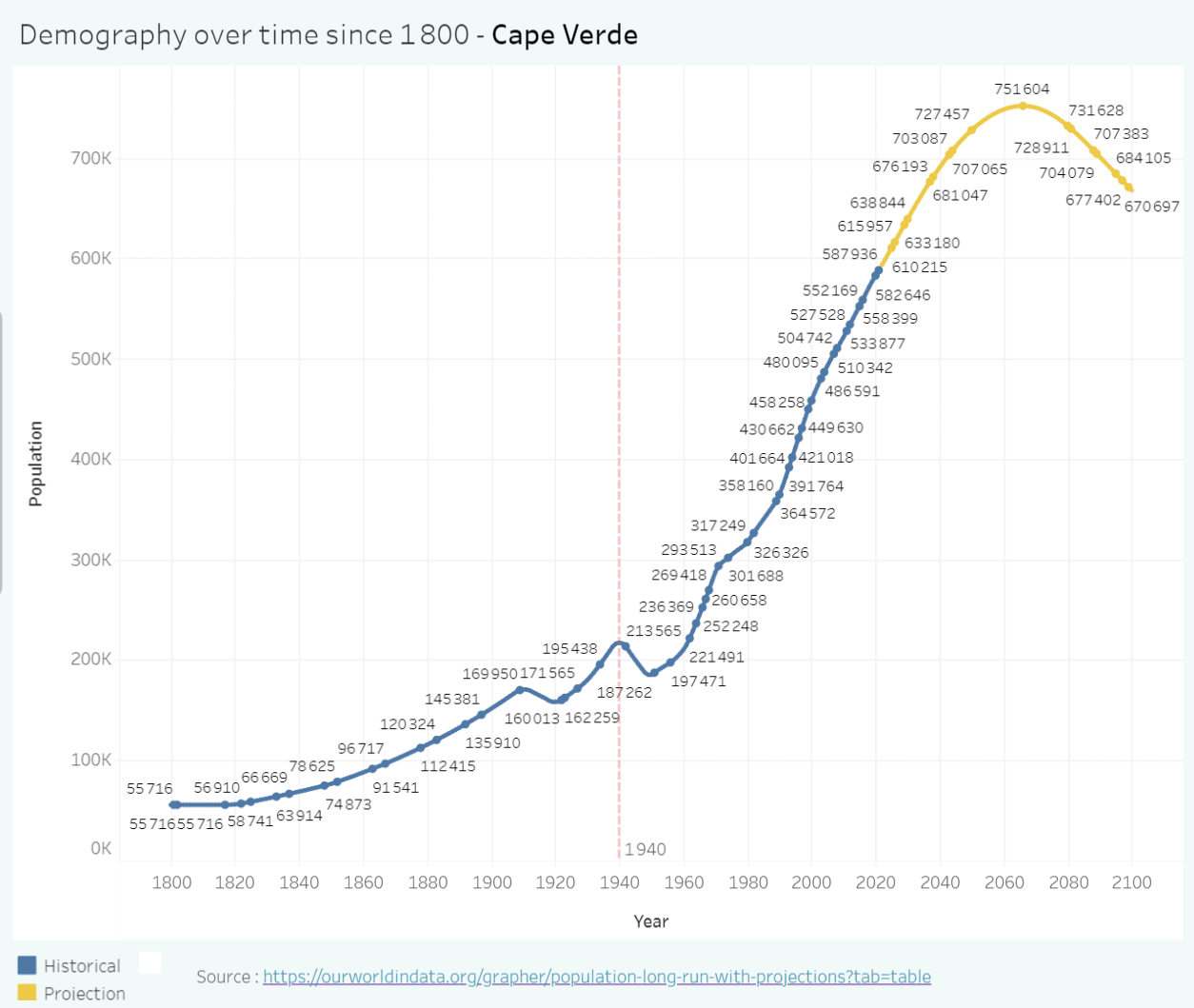
North Korea in 1950
The Korean War resulted in widespread destruction, significant loss of life, and the division of Korea into North and South. 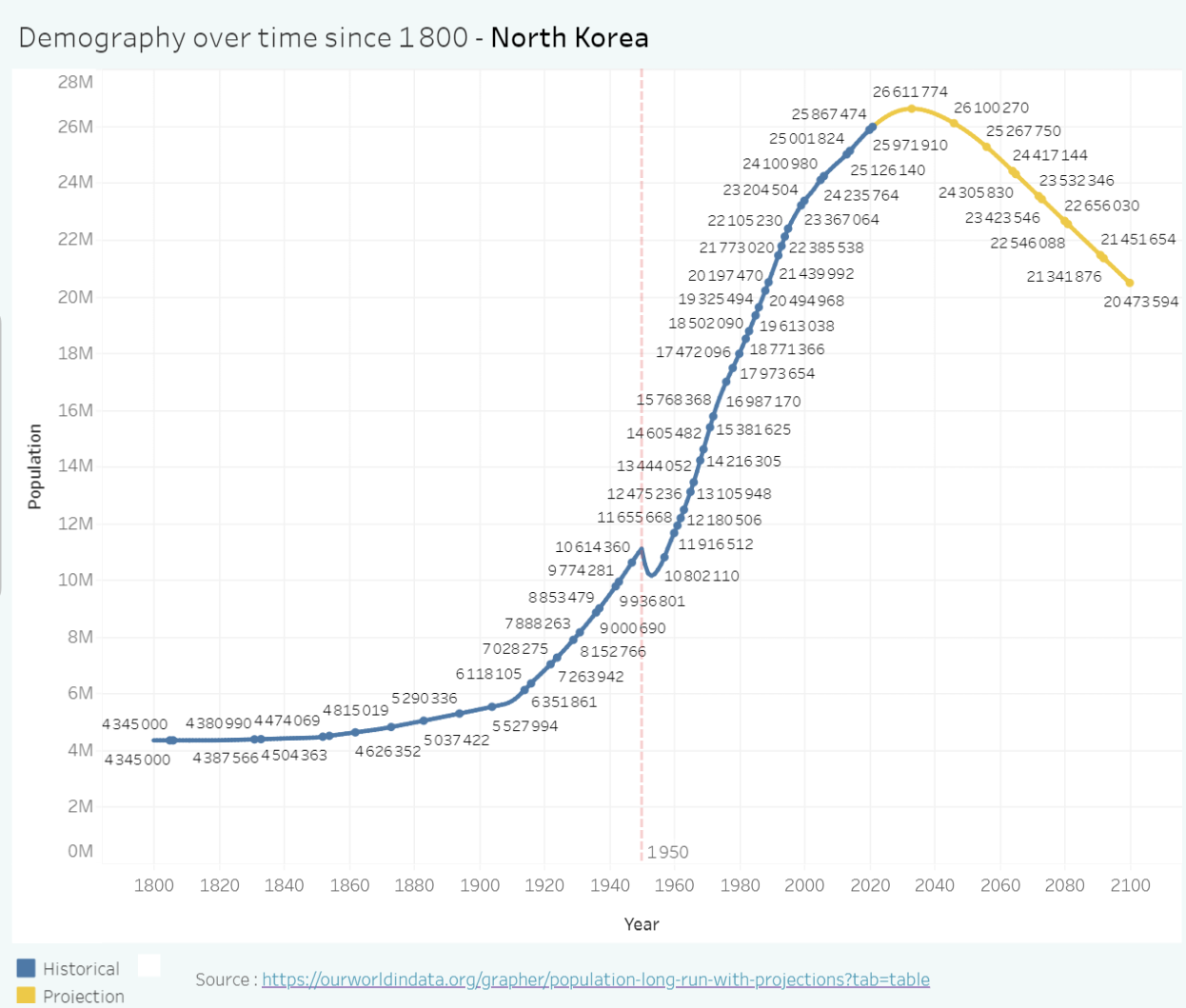
Cambodia in 1974
The Khmer Rouge regime led to the Cambodian genocide, killing an estimated 1.7 million people through starvation, forced labor, and executions. 
Lebanon in 1977
The Lebanese Civil War involved numerous factions, resulting in extensive casualties, displacement, and infrastructure damage. 
Afghanistan in 1979-1989
The Soviet–Afghan War caused immense destruction, significant civilian casualties, and led to the rise of militant groups. 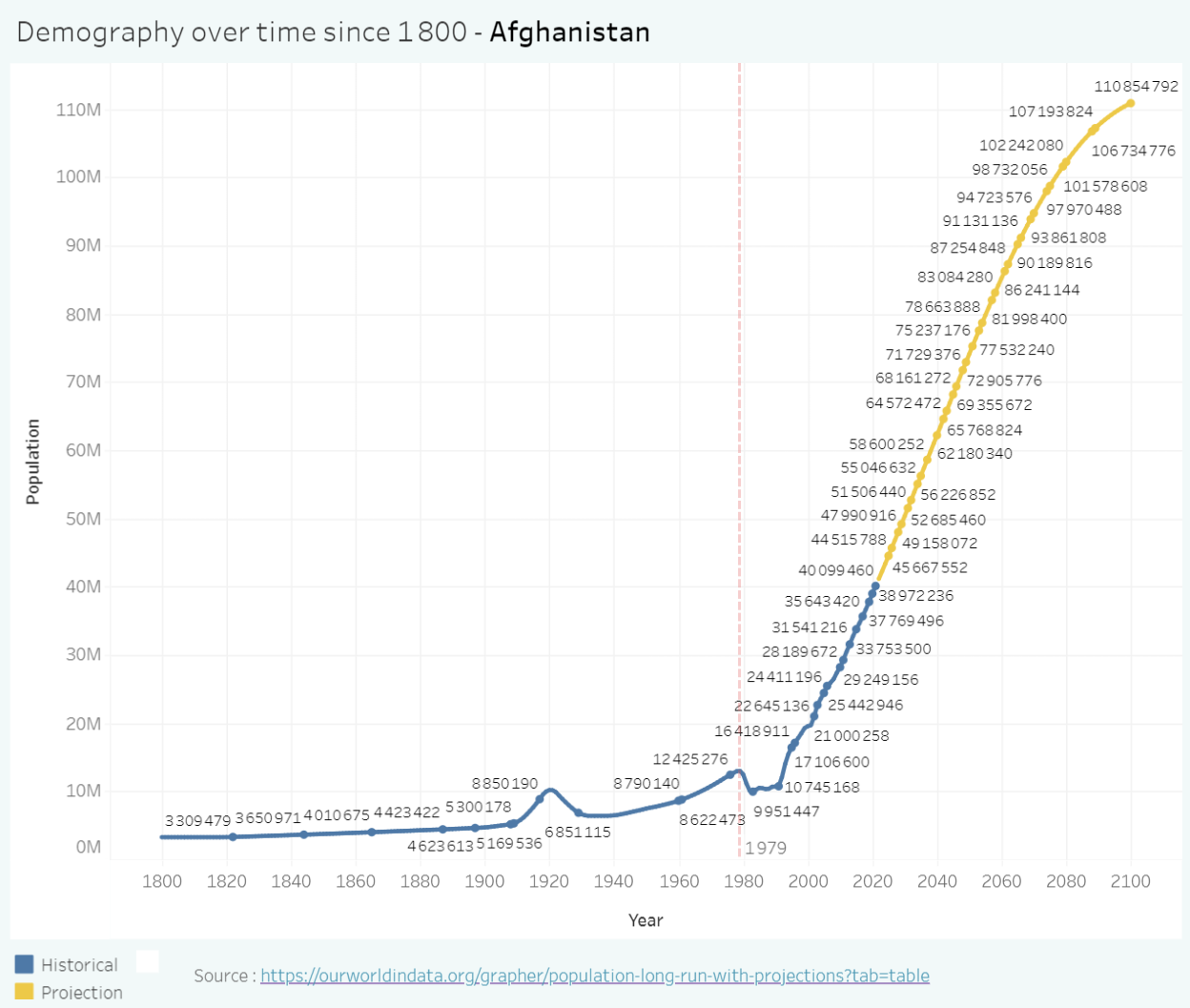
Kuwait in 1990
The Gulf War involved Iraq’s invasion of Kuwait, leading to a coalition-led liberation and extensive destruction. 
Armenia in 1991
The Nagorno-Karabakh Conflict led to a protracted war with Azerbaijan, causing many deaths and displacements. 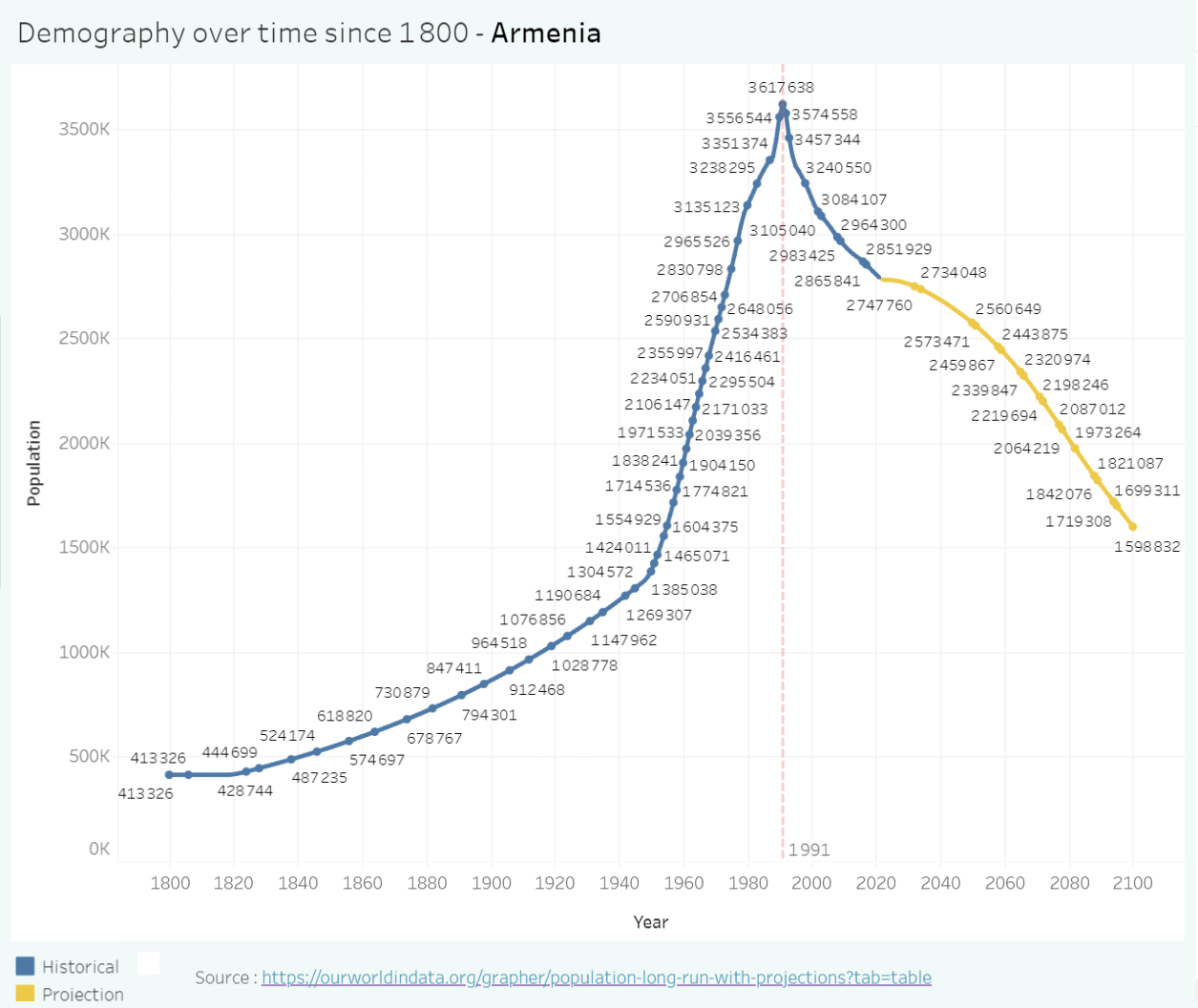
Bhutan in 1991
Ethnic cleansing campaigns targeted the Lhotshampa people, resulting in mass expulsions and refugee crises. 
Rwanda in 1993
The genocide against the Tutsi led to the massacre of around 800,000 people within 100 days. 
Djibouti in 1993
The Djiboutian Civil war caused significant strife, disrupting normal life and causing casualties and displacement. 
Kosovo in 1997
The Kosovo War resulted in ethnic conflict, NATO intervention, and significant displacement and casualties. 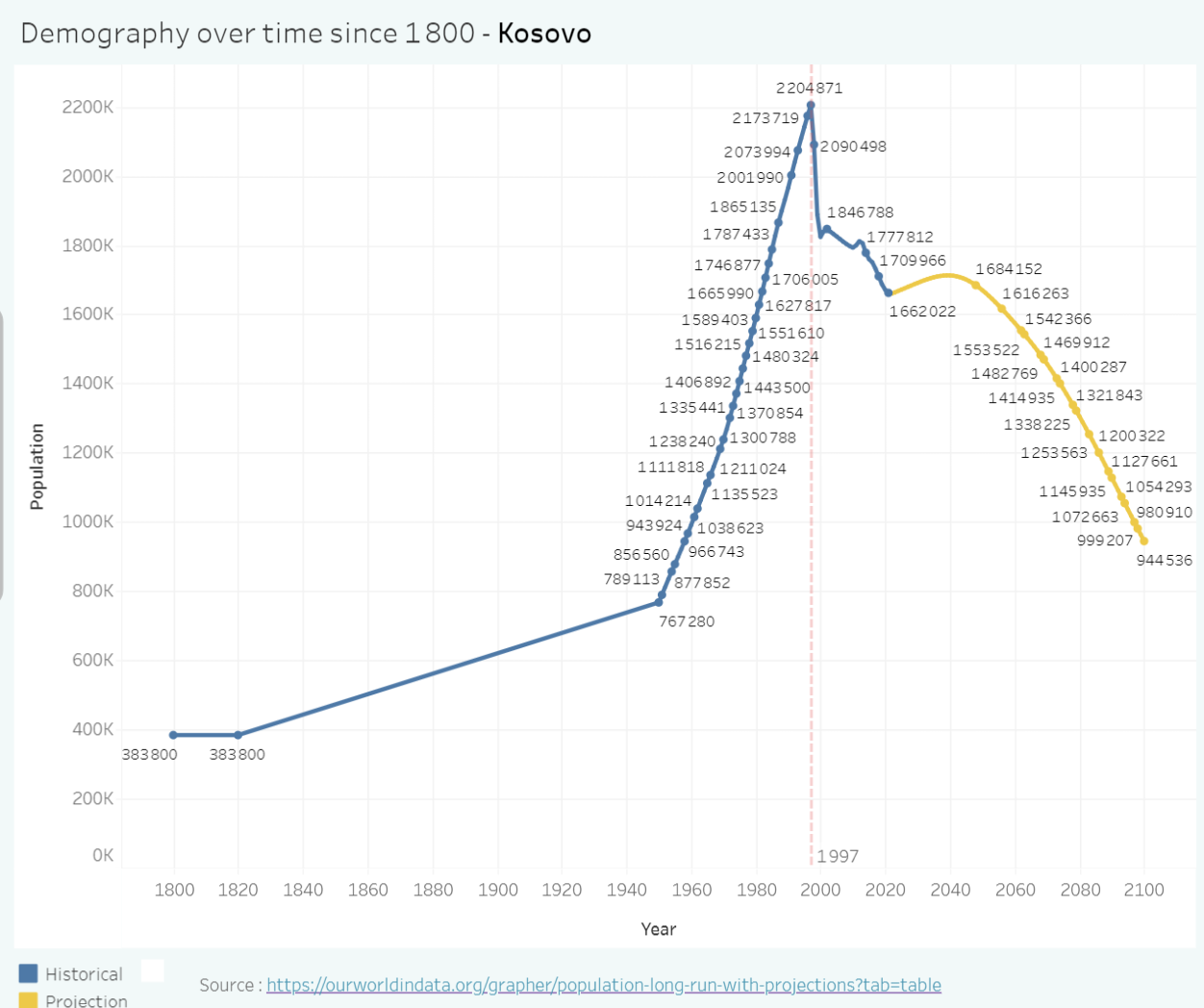
Libya in 2011
The Libyan civil war, part of the Arab Spring, resulted in the toppling of Muammar Gaddafi’s regime and ongoing conflict. 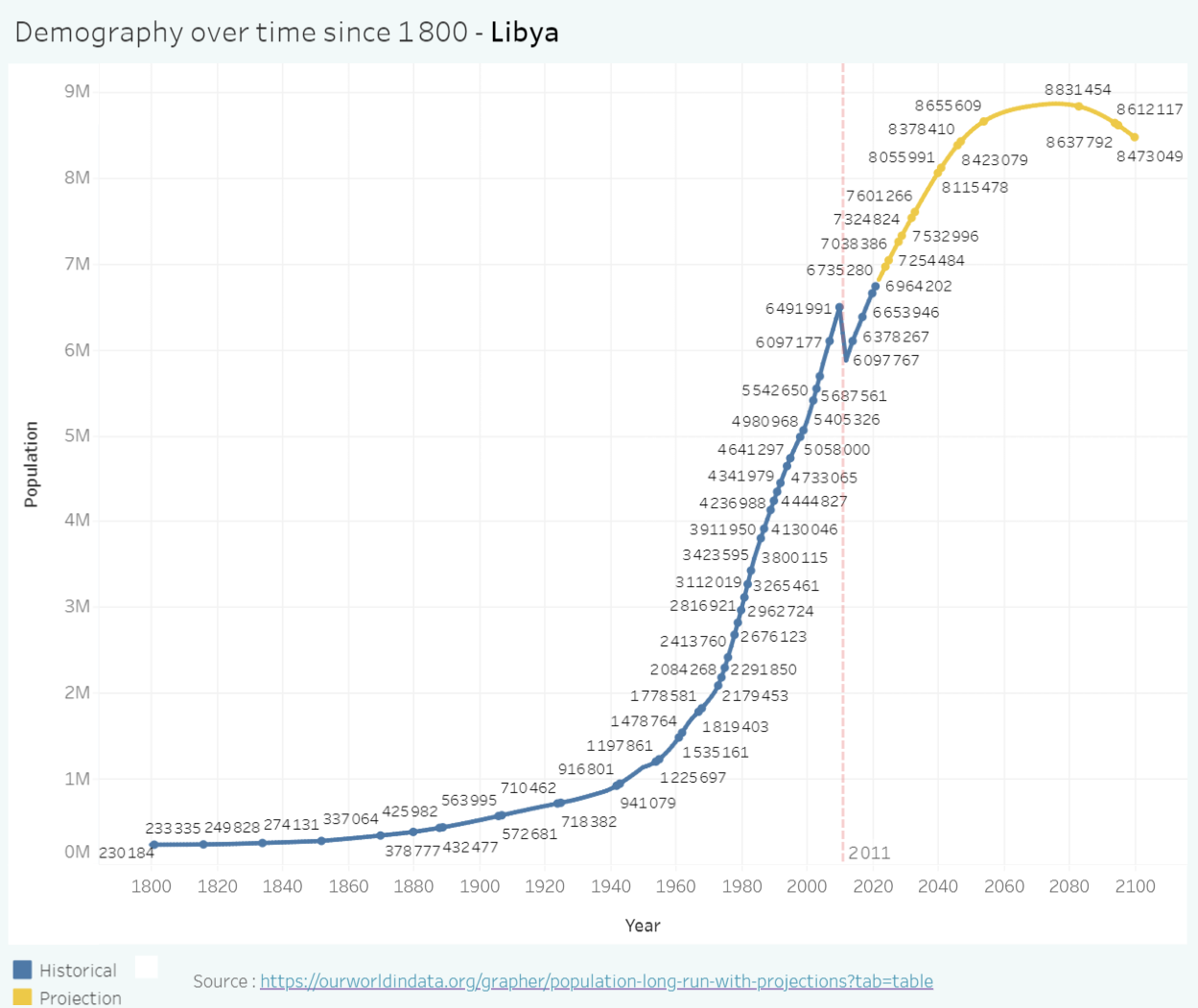
Syria in 2011
The Syrian Revolution escalated into a civil war, causing a humanitarian crisis with hundreds of thousands of deaths and millions displaced. 
4. Explore the dataviz yourself
Wanna explore more ? Feel free to check out demography evolution (and projections) of your own country from here !